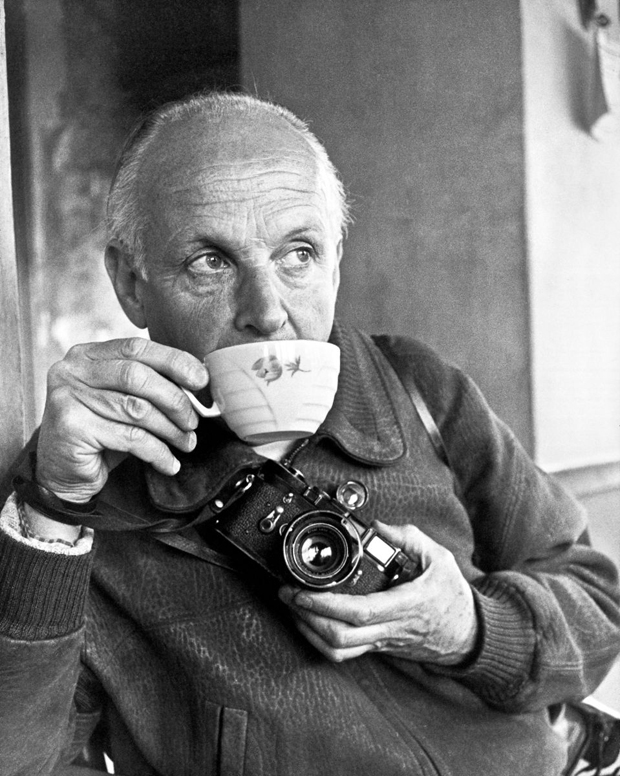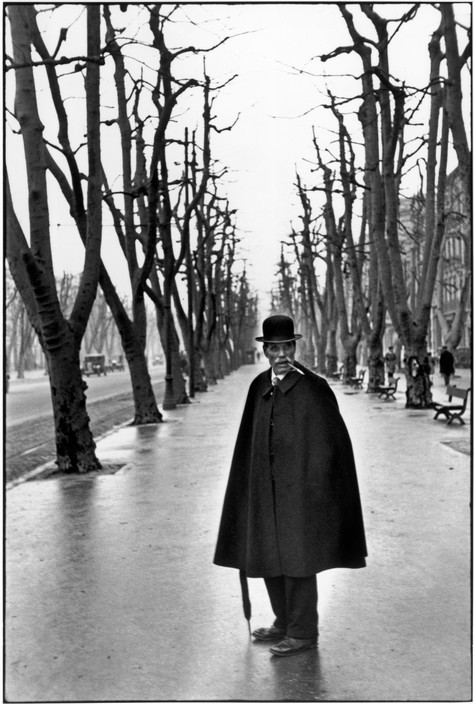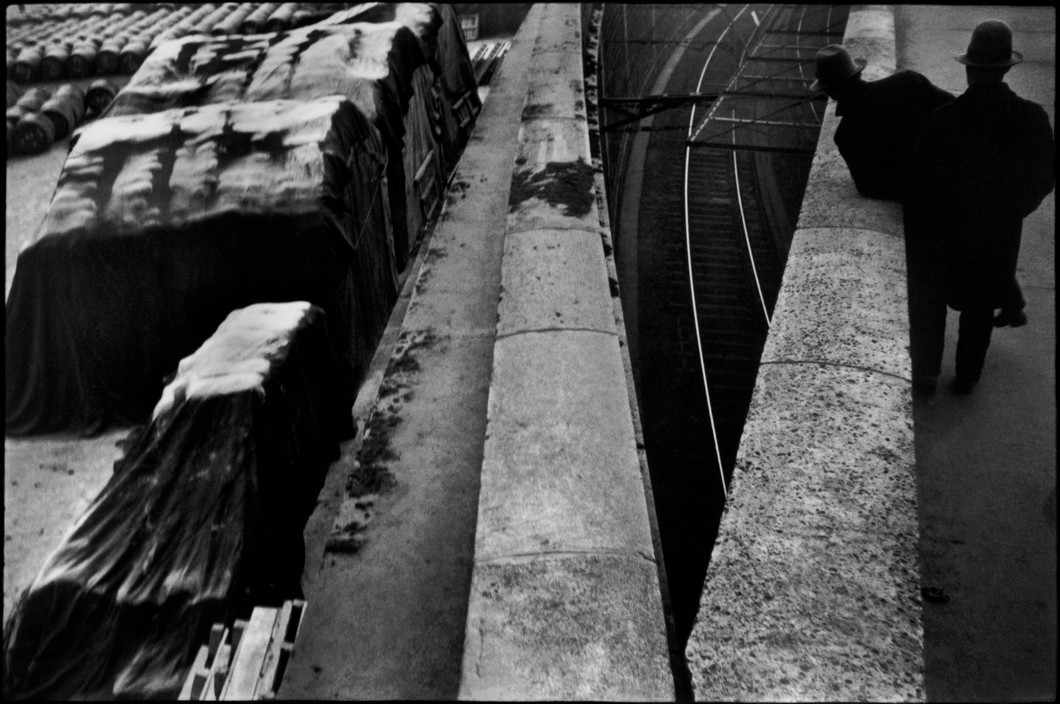The Year Of Pandemic
ARTIST STATEMENT
- This project is about street photography, focusing on people’s lives one year after the lockdown. It will be a two-or three-minute-long video that records people’s activities in NY. I was inspired by the 20th movie and intended to learn film-making techniques via this project. Montage, black and white, freeze frame…… I targeted a Salon run by my friend who lives in the Chinese community (ex. Flushing) near the city. For 2020, due to the COVID-19, Asian Americans suffered racism or discrimination; thus, I want to interview and record everything that happened to them recently and see what I can get. By the way, as a documentary photograph, no interview needs to be shown. The ideal form is a silent movie with several images. To tell a story, add filters, editing effects, or try my best to capture people’s emotions. Speaking about the emotion, I am impressed by people’s current reaction toward nowaday status. People are indifferent about the passing year, even though they had a bad experience through the lockdown. That is why Flushing is unique because it is a wanderer’s hub. People like Mr. Chen and Mr. Yong, who still have not mastered English, are always standing in the edginess of American society. As a bystander who spoke Chinese and grew up in China, it is easy to understand their generation’s struggle. The discrimination that comes with the virus gives them double strikes, and these struggles and depression would not easily speak out as a photographer who shoots them on purpose. A particular goal can not be subjectively to demonstrate their authentical emotion; thus, I took several short clips inspired by the French new wave. The opening of “The 400 Blows” is the reference, such as the BGM and street scene. The black and white emphasize the theme— the damages of Covid.
 Via the short clip, the audience can feel the vibes and moods. Talking about these images. As I mentioned, this project is not an interview but a documentary photograph. In this aspect, I learned Dorothea Lange and Henri Cartier-Bresson’s techniques and styles, which refer to realism and surrealism. The only regret is lack of time. Even though people allow me to take photos, it is hard to get the most satisfying images, either in concept or visually. Images shown in the blog are only a few but the strongest of the collection—for example, images like Delivery Man. I had a short conversation with these delivery men, and I expect to learn about their lives. Then, one of them got an order and moved immediately; at that moment, I captured his back intended to demonstrate their busy life. Fortunately, the timing is not the best, but it still got a good blurry effect, making it dynamic. Overall, though the clips and images, I record people’s life in Flushing. The initial idea is to find the truth of people’s status; however, there is no truth found, but only diverse emotions. I hope you guys like it.
Via the short clip, the audience can feel the vibes and moods. Talking about these images. As I mentioned, this project is not an interview but a documentary photograph. In this aspect, I learned Dorothea Lange and Henri Cartier-Bresson’s techniques and styles, which refer to realism and surrealism. The only regret is lack of time. Even though people allow me to take photos, it is hard to get the most satisfying images, either in concept or visually. Images shown in the blog are only a few but the strongest of the collection—for example, images like Delivery Man. I had a short conversation with these delivery men, and I expect to learn about their lives. Then, one of them got an order and moved immediately; at that moment, I captured his back intended to demonstrate their busy life. Fortunately, the timing is not the best, but it still got a good blurry effect, making it dynamic. Overall, though the clips and images, I record people’s life in Flushing. The initial idea is to find the truth of people’s status; however, there is no truth found, but only diverse emotions. I hope you guys like it.
PROJECT PROPOSAL
- My goal is to discover and report on Asian American life in 2020. In this aspect, I am willing to start from a different angle, focusing on how the virus damages their life and trying to know their mind. In terms of concept, maybe something like realism and surrealism would fit the theme well. I am interested in a hybrid form— video and images+written. However, the subject will be the people who live in the Chinese community(Flushing). The 20th movie and street photograph is the ideal form of my project; thus, I wish to learn the style by doing this project.
OUTCOMES
PART 2 people’s current status ( Photographing).
Over 10 images with descriptions.
METHODS AND MATERIALS
- Shooting image and video. For doing this step, I use a one-hand video camera in one hand. To shoot the street scene, I will walk around the streets or shoot from the moving vehicle.
- Canon EOS 4000D. Sony HDR-CX405.



- Edited video and images in software. Via Movavi video editor.
- A short conversation with people, and have some interviews. I will ask people I know to cooperate.
- Draft for bodywork

 Movavi Video Editor
Movavi Video Editor
TIME SCHEDULE
- March 20, have a plan and buy a video camera.
- April 4, started shooting and interviewing.
- Going to Flushing every weekend and looking for the material.
RESEARCH REFERENCES
Vivian Maier (1926–2009)

Vivian Maier (1926 – 2009) was an American street photographer born in New York City. She was famous for her talent for surrealism. Most of her pieces are street photographs. John Maloof discovered Vivian Maier’s photography at a local auction house in Chicago. Over the course of five decades, she would ultimately leave over 2,000 rolls of film, 3,000 prints, and more than 100,000 negatives, most of them shot with her Rolleiflex in Chicago and New York City and shared with virtually no one in her lifetime.
In terms of Surrealism.
“Well, I suppose nothing is meant to last forever. We have to make room for other people. It’s a wheel. You get on; you have to go to the end. And then somebody has the same opportunity to go to the end and so on.” – Vivian Maier.
Play with the depth, wide aperture.
Silhouette
My project is gonna be a video, and Vivian inspires me in style.
Dorothea Lange
Dorothea Lange, “The Assignment I’ll Never Forget,” Popular Photography 46 (February 1960). Reprinted in Lange: Migrant Mother (New York: The Museum of Modern Art, 2018), pp. 40–41. Thompson disputed several elements of Lange’s recollections, which appear to have been drawn from contemporary newspaper reports.
Migrant Mother, 1936
To reflect the struggle life of poor people, Dorothea focuses on their expression, which refers to her photograph—most of her images are close shot.
White Angel Breadline, San Francisco, 1933
Workers during the great depression. Composition highlights the contrast between figures in front ground and background, which demonstrate helplessness and sorrow.
Lisette Model



 Born in Chanteloup-en-Brie, Seine-et-Marne, Henri Cartier-Bresson developed a strong fascination with painting early on, particularly Surrealism.
Born in Chanteloup-en-Brie, Seine-et-Marne, Henri Cartier-Bresson developed a strong fascination with painting early on, particularly Surrealism.


